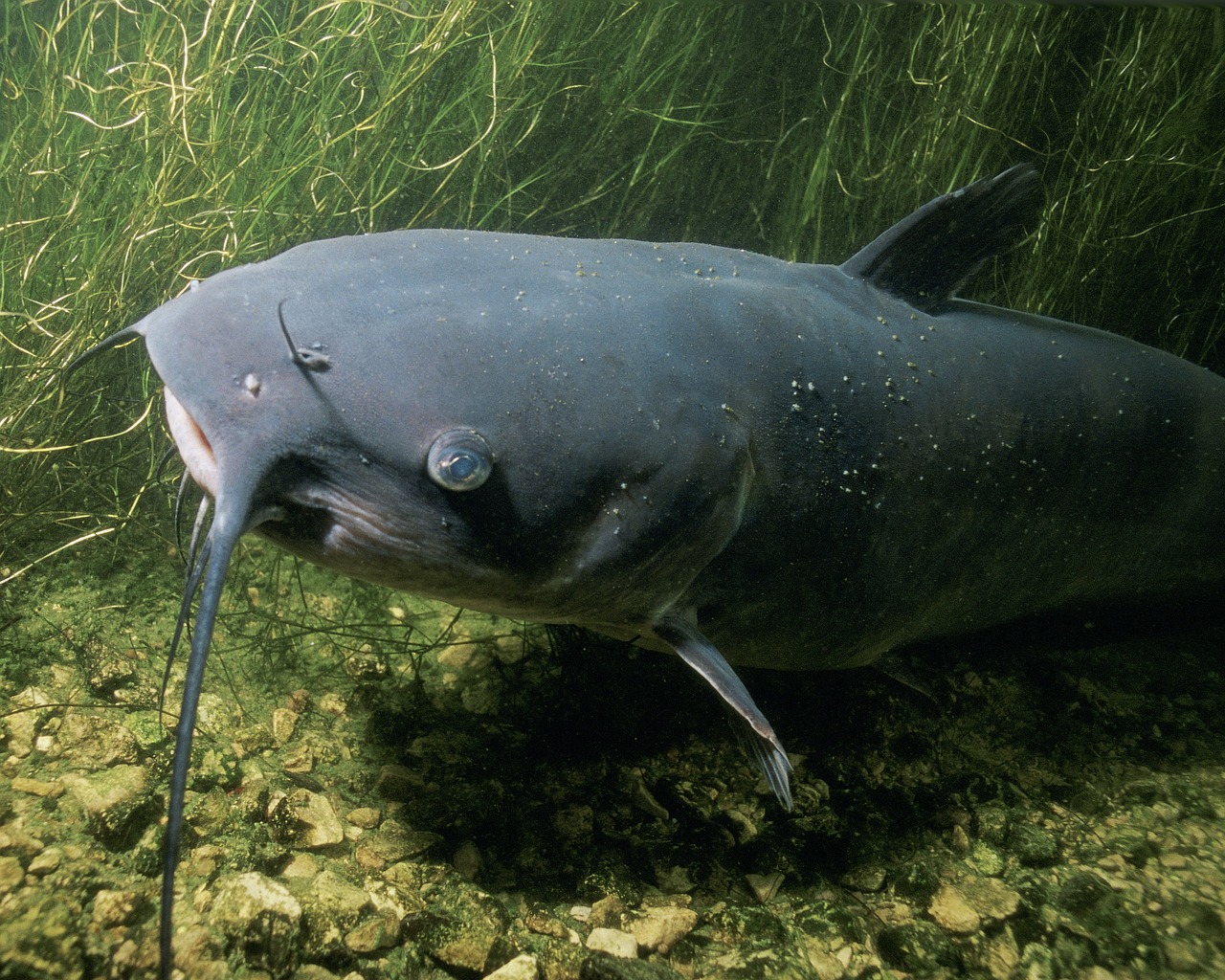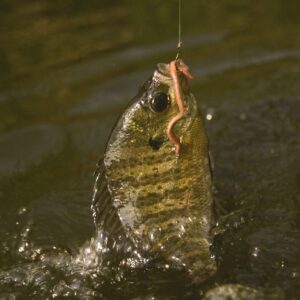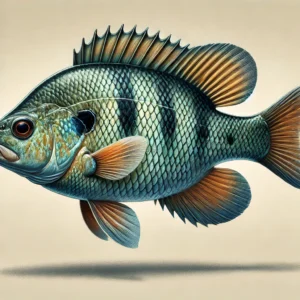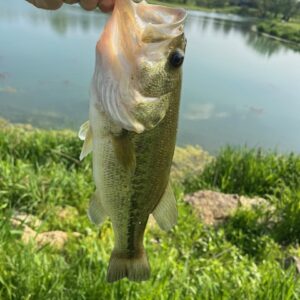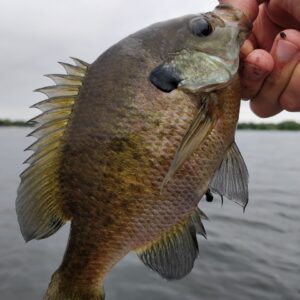Channel catfish (Ictalurus punctatus) are a popular species of freshwater fish native to North America. They are easily recognized by their distinctive forked tail, long barbels (whisker-like structures) on either side of the upper jaw, and smooth, scaleless skin. These characteristics make the channel catfish a fascinating species for fish enthusiasts and an important component of aquatic ecosystems in North America.
Appearance
Color: Typically, channel catfish have a gray to silver body with a lighter underside. They can also have spots or a mottled pattern, particularly in younger fish.
Size: They can grow quite large, with adults commonly reaching lengths of 24 to 36 inches (60 to 90 cm). Some individuals can exceed 40 inches (100 cm) and weigh over 30 pounds (13.6 kg).
Barbels: They have four pairs of barbels—two on the upper jaw and two on the lower jaw—that are used for sensing their environment and locating food.
Habitat
Range: Channel catfish are found throughout much of the United States, from the Great Lakes and the Mississippi River basin to the southeastern U.S. and into Mexico.
Preferred Environment: They thrive in a variety of freshwater habitats, including rivers, lakes, and reservoirs. They prefer areas with slow-moving or still waters and often seek out deeper pools or structures like submerged logs and rocks.
Behavior
Feeding: Channel catfish are opportunistic feeders, consuming a wide range of food including insects, small fish, crustaceans, and even plant matter. They are known for their excellent sense of smell, which helps them find food in murky waters.
Activity: They are typically nocturnal, feeding more actively at night and resting during the day.
Spawning: Channel catfish spawn in nests that they build in shallow, sheltered areas. The males usually guard the nests, which they build by digging out a hollow in the substrate.
Economic and Recreational Value
Fishing: Channel catfish are popular targets for both commercial and recreational fishing due to their size, fighting ability, and tasty flesh. They are a staple in many sport fishing activities and are often stocked in ponds and lakes to enhance fishing opportunities.
Population: In general, channel catfish populations are stable and not considered endangered. They are resilient and adaptable, which has helped them thrive in various environments and conditions.

